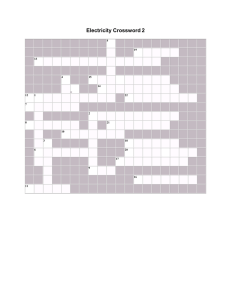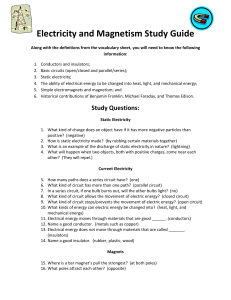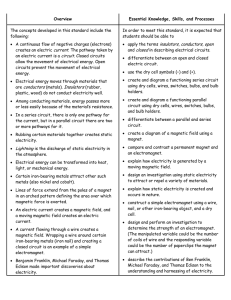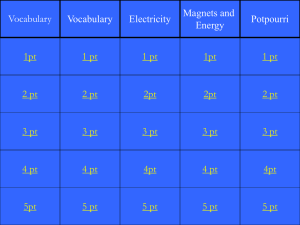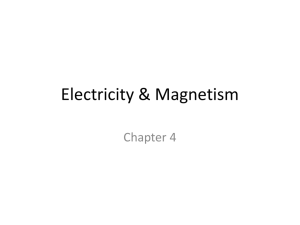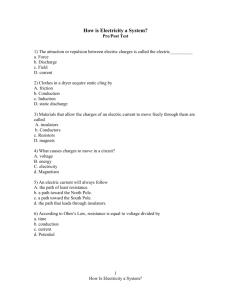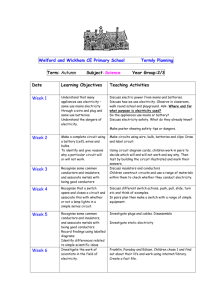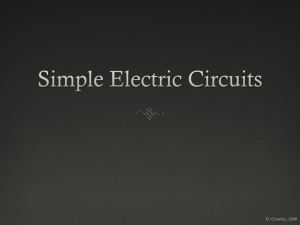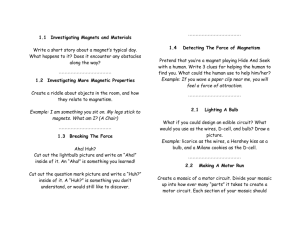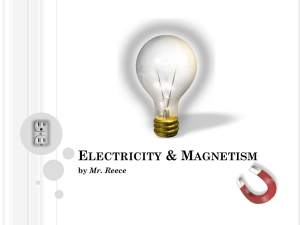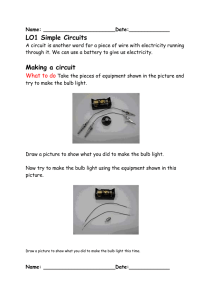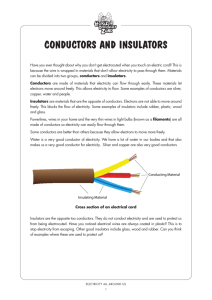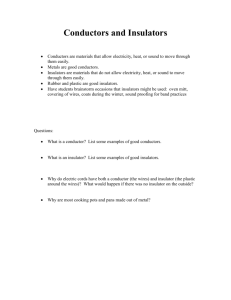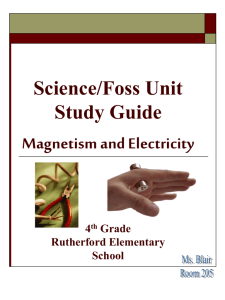4.3
advertisement
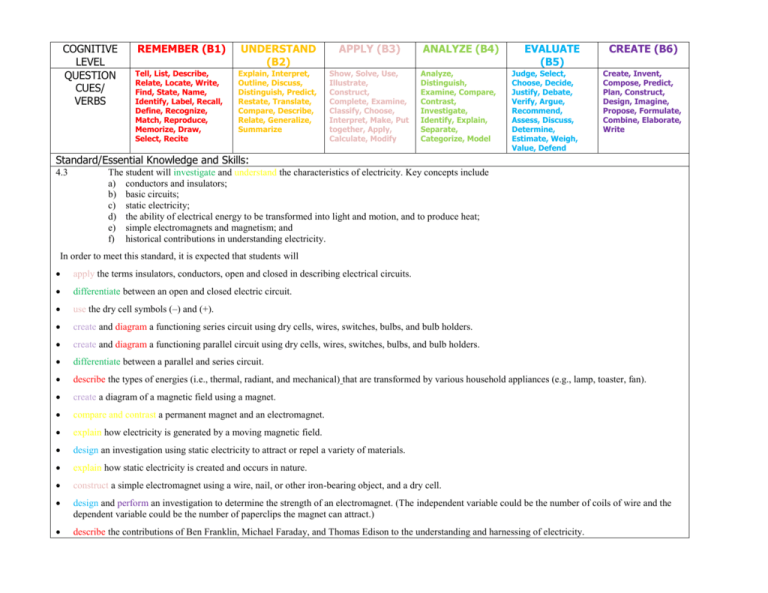
COGNITIVE LEVEL QUESTION CUES/ VERBS REMEMBER (B1) Tell, List, Describe, Relate, Locate, Write, Find, State, Name, Identify, Label, Recall, Define, Recognize, Match, Reproduce, Memorize, Draw, Select, Recite UNDERSTAND (B2) APPLY (B3) Explain, Interpret, Outline, Discuss, Distinguish, Predict, Restate, Translate, Compare, Describe, Relate, Generalize, Summarize Show, Solve, Use, Illustrate, Construct, Complete, Examine, Classify, Choose, Interpret, Make, Put together, Apply, Calculate, Modify ANALYZE (B4) Analyze, Distinguish, Examine, Compare, Contrast, Investigate, Identify, Explain, Separate, Categorize, Model EVALUATE (B5) Judge, Select, Choose, Decide, Justify, Debate, Verify, Argue, Recommend, Assess, Discuss, Determine, Estimate, Weigh, Value, Defend CREATE (B6) Create, Invent, Compose, Predict, Plan, Construct, Design, Imagine, Propose, Formulate, Combine, Elaborate, Write Standard/Essential Knowledge and Skills: 4.3 The student will investigate and understand the characteristics of electricity. Key concepts include a) conductors and insulators; b) basic circuits; c) static electricity; d) the ability of electrical energy to be transformed into light and motion, and to produce heat; e) simple electromagnets and magnetism; and f) historical contributions in understanding electricity. In order to meet this standard, it is expected that students will apply the terms insulators, conductors, open and closed in describing electrical circuits. differentiate between an open and closed electric circuit. use the dry cell symbols (–) and (+). create and diagram a functioning series circuit using dry cells, wires, switches, bulbs, and bulb holders. create and diagram a functioning parallel circuit using dry cells, wires, switches, bulbs, and bulb holders. differentiate between a parallel and series circuit. describe the types of energies (i.e., thermal, radiant, and mechanical) that are transformed by various household appliances (e.g., lamp, toaster, fan). create a diagram of a magnetic field using a magnet. compare and contrast a permanent magnet and an electromagnet. explain how electricity is generated by a moving magnetic field. design an investigation using static electricity to attract or repel a variety of materials. explain how static electricity is created and occurs in nature. construct a simple electromagnet using a wire, nail, or other iron-bearing object, and a dry cell. design and perform an investigation to determine the strength of an electromagnet. (The independent variable could be the number of coils of wire and the dependent variable could be the number of paperclips the magnet can attract.) describe the contributions of Ben Franklin, Michael Faraday, and Thomas Edison to the understanding and harnessing of electricity. Vocabulary: insulators, conductors, open and closed circuits, dry cell symbols (–) and (+), wires, switches, bulbs, bulb holders, parallel and series circuits, energy (thermal, radiant, and mechanical), household appliances, magnetic field, magnet, permanent magnet, electromagnet, static electricity Assessment Type and Cognitive Level: Homework Assignments: Formative: Monday Tuesday Wednesday Summative: Thursday Friday DATE MONDAY TUESDAY WEDNESDAY THURSDAY FRIDAY Hook/ Essential Question Learning Plan, Activities, Planned Questions (Include time allotted to specific activities) Differentiation (Above, On, and/or Below Grade Level) Closure Reflection ------------------------- ------------------------ ----------------------- --------------------- ----------------------- ------------------------- ------------------------ ----------------------- --------------------- ----------------------- ------------------------- ------------------------ ----------------------- --------------------- ----------------------- A O B

